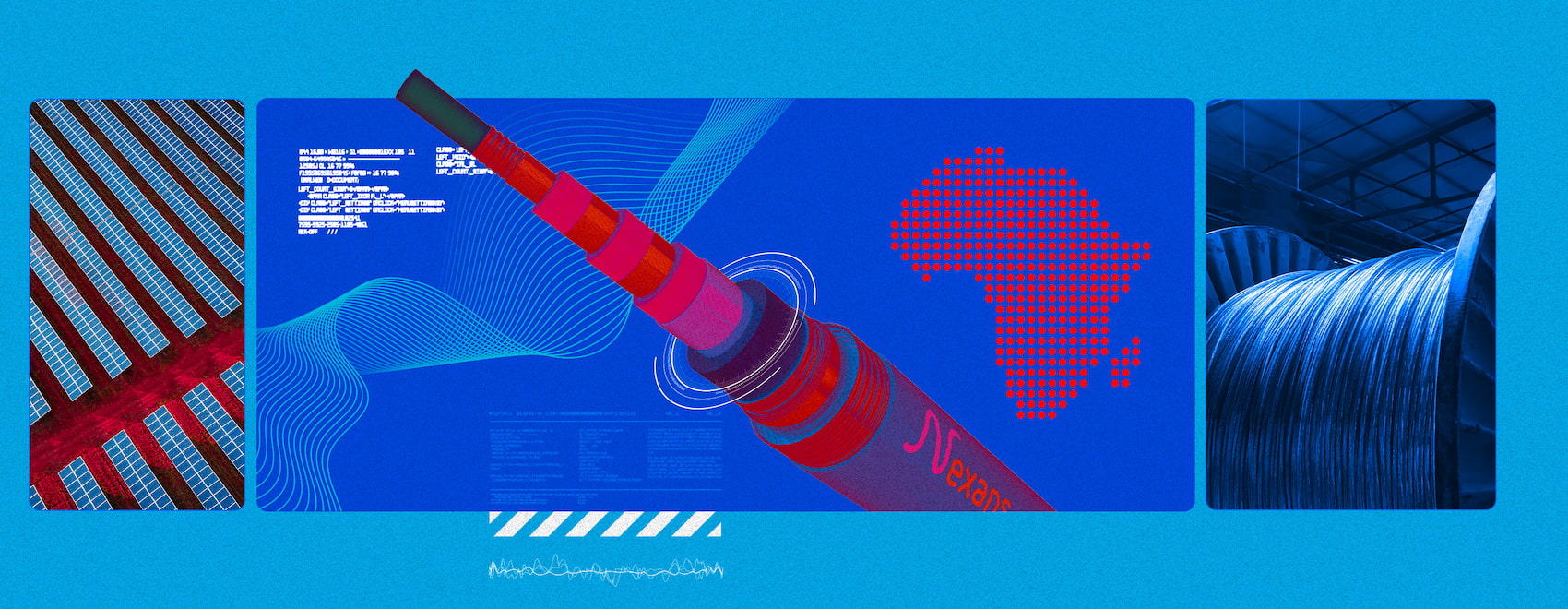To replace fossil fuels (coal, natural gas, oil, etc.) in the global energy mix, decarbonized electricity is the only solution. Alongside nuclear power, which is available in certain countries, new capacities in renewable energies (solar, wind, hydropower, etc.) must be deployed rapidly and extensively.
In Africa, where electrification remains limited, the challenge is even more formidable. Despite its immense renewable energy potential, the continent currently contributes minimally to the global electricity mix. In 2019, only 2% of new capacity came from Africa, even though its energy demand is expected to double by 2040.
To address this, the local production of essential equipment and innovation are undoubtedly key to accelerating Africa’s energy transition and maximizing its potential. These advances will enable the development and modernization of electrical networks, making them stronger and more efficient.
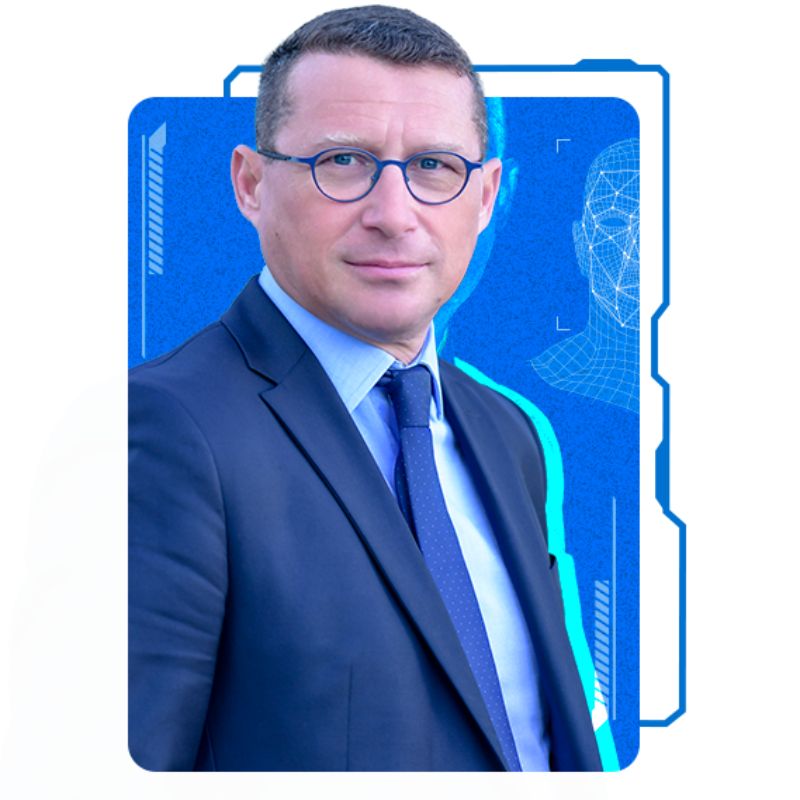
Modernizing the electrical grid is essential to the energy transition. Electricity accounts for 25% of global energy, and it took 100 years to build the grid that achieved this level. We must accomplish the same in 20 years, as electricity will account for 50% of energy by 2050. This poses two main challenges: the first is expanding and modernizing the grid by building new cables, and the second is fostering innovation.
Corporate Vice-President, Innovation, Services and Growth, Nexans
Industrial innovation: Essential for developing and modernizing Africa’s grid
Africa faces a significant industrial challenge.
According to the International Renewable Energy Agency (IRENA), electricity is expected to reach 50% of final global energy consumption by 2050. Renewable energy (solar, wind, and hydropower) is anticipated to account for 80% of new capacity by 2040.
Like other regions, Africa must innovate to achieve its energy transition, yet it must first expand its local industry. Doing so will enable the establishment of new ecosystems vital for this transition (creation of specialized companies, partnerships, skill-building, development of new trades, etc.). The International Energy Agency (IEA) notes, for example, that although Africa has the world’s largest solar resources, it currently holds just 1% of installed solar capacity.

For more on Africa’s needs and prospects
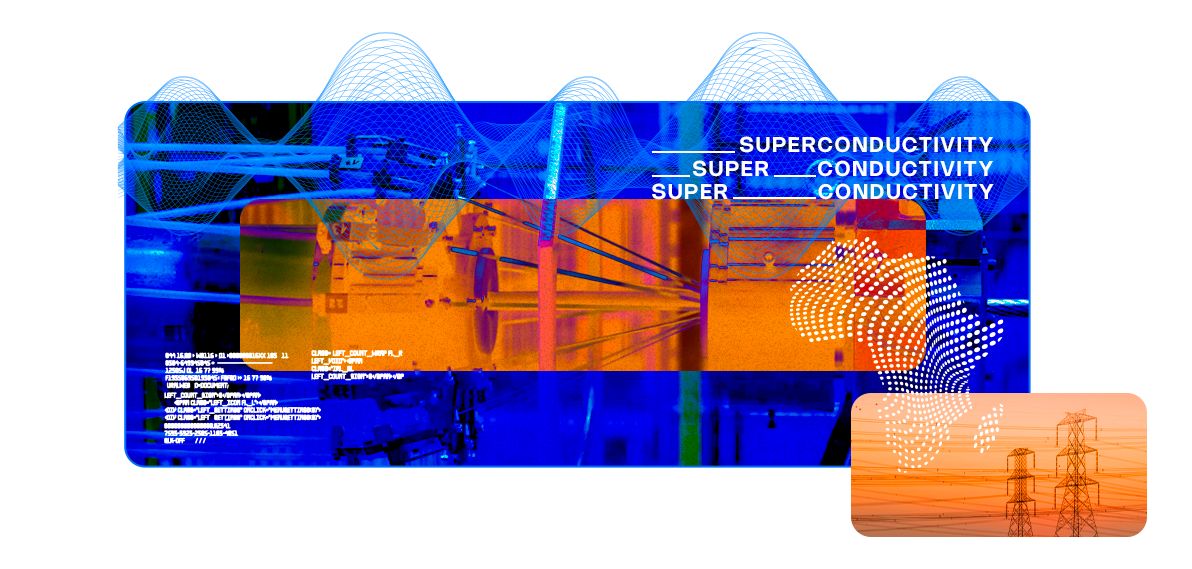
Key challenges
Building high-capacity power networks with superconducting cables
To electrify Africa and accelerate renewable energy production, networks must increase their power capacity, requiring the development of innovative cables. Superconducting cables, for example, can transport large amounts of energy to urban areas while minimizing costs and interference with other networks (due to cable shielding). Their high capacities and efficiency represent a major technological leap compared to traditional copper and aluminum cables. Medium-voltage cables are also essential to Africa’s transition, supplying electricity to industrial plants, hospitals, schools, and shopping centers.
Enhancing network reliability
Africa’s existing networks, like those worldwide, are often decades old. This can create challenges in terms of maintenance, resilience to climate events, and fire risk. Older infrastructure can also complicate the integration of new renewable capacities. To extend their lifespan and improve reliability, networks must be modernized or even transformed, requiring collaboration with energy producers and network operators who play a vital role in maintaining infrastructure.
Respecting the environment and reducing carbon impact
Projects must adopt environmental standards to reduce greenhouse gas emissions and minimize the ecological impact of the energy transition. This necessitates collaboration with qualified companies (in circular economy practices, eco-design, etc.) and the establishment of stringent project criteria, including environmental standards in calls for tenders.
In Morocco, a third Nexans plant will be inaugurated by 2026 to support innovation.
Achieving these goals demands innovative, market-adapted solutions. To this end, Africa must develop its industrial base and R&D, particularly in electric cables, photovoltaic panels, inverters, smart meters, LED lighting, etc. These elements are essential for creating local supply chains, reducing costs, and lowering greenhouse gas emissions linked to imports.
To address this, Nexans has signed agreements with Moroccan government entities, including the Ministry of Industry and Trade, the Ministry of Energy Transition and Sustainable Development, and the Moroccan Investment and Export Development Agency. These agreements aim to build a medium-voltage cable factory for Morocco and the broader African market. This new facility, joining those in Casablanca and Mohammedia, will support large-scale projects with specific requirements and will be operational by 2026.

Did you know?
Nexans prioritizes low-carbon manufacturing processes. In 2023, 80% of production waste was recycled, and 33,600 tons of copper waste were reused in manufacturing.
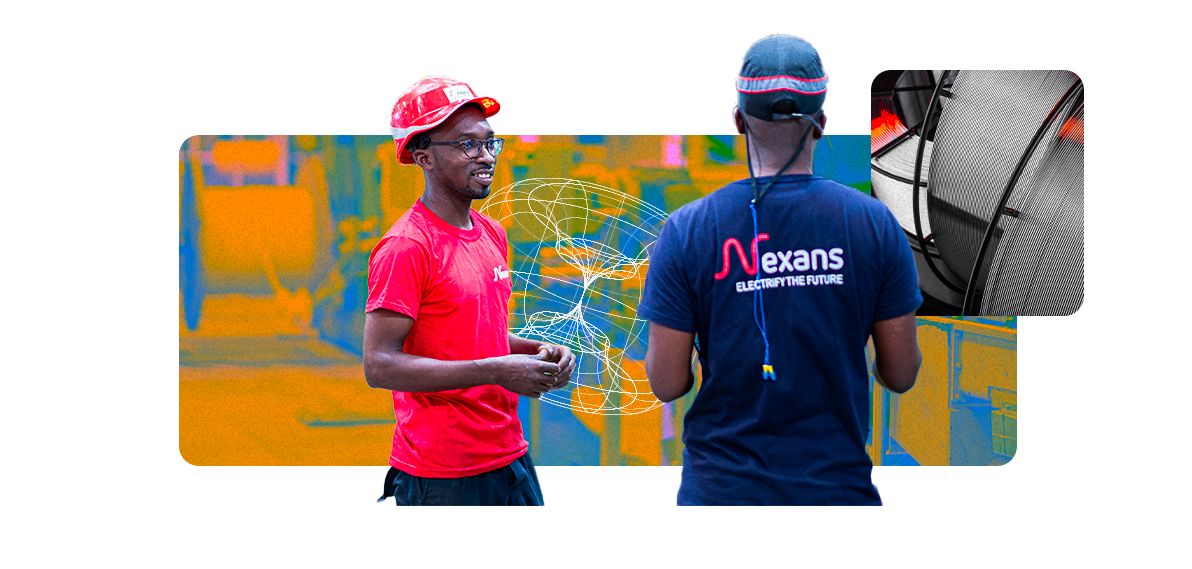
Digitalization in Africa to optimize networks
Infrastructure monitoring can save up to 20% of electricity.
To strengthen and extend the lifespan of electrical networks, Africa must also digitize numerous processes. Tools such as Computerized Maintenance Management Systems (CMMS) are essential. Using AI, geolocation, big data, and IoT sensors, CMMS enables predictive maintenance, performance indicators, and technical team planning, helping optimize maintenance for solar plants and wind farms.
Additionally, sensors allow faster and more precise fault detection in power stations. AI can even estimate energy production based on weather forecasts. Digitalization translates into more robust, flexible infrastructure, crucial for managing electricity supply and demand (during peak usage, etc.).
Monitoring, for example, allows for accurate consumption tracking and detection of overconsumption issues. Morocco, a pioneer in this area, has improved its network efficiency and reliability through transformer and cable monitoring, which has helped cities in Africa save up to 20% of their electricity.

Nexans App
Recently launched in select African countries, the Nexans App helps secure electrical installations and combat counterfeiting. By scanning a QR code, electricians can verify Nexans products and quickly access technical information.
Reducing time-to-market for innovations and supporting training: Essential for timely goals
It is essential to structure smart partnerships between the private and public sectors to not only mobilize significant financial resources but also share risks, provide a secure contractual framework, and promote the transfer of knowledge and technology.
Director General of the Mohammed VI Investment Fund, Climate Day 2024
Reducing the time to market for innovations is crucial to meeting electrification objectives on time. Today, it can take up to ten years to test a solution and bring it to market, which is far too long. Cutting down on this timeline is essential.
Joint programs with industry partners, startups, and universities are vital for this, fostering R&D and synergy for tailored solutions and training programs.
Nexans has oriented its innovation policy toward grid resilience, sustainable electrification, and advanced grid digitalization. To speed up time-to-market, Nexans has established a Design Lab in Casablanca, Morocco, in collaboration with Mohammed VI Polytechnic University (UM6P) and Casablanca schools. Specializing in monitoring, digitalization, and renewable energy, the lab analyzes user needs to deliver tailored solutions quickly.
This strategy allowed Nexans Morocco to launch a new offering for smart and microgrids, assisting partners from study to production, while ensuring team training and equipment maintenance.

At the 4th Climate Day held last September in Rabat, Morocco, over 450 participants (private and public companies, energy sector players, international organizations, etc.) gathered to discuss environmental issues and climate action. Nexans met with African startups, including DEEPLEAF, a digital agriculture company using AI to detect crop anomalies.
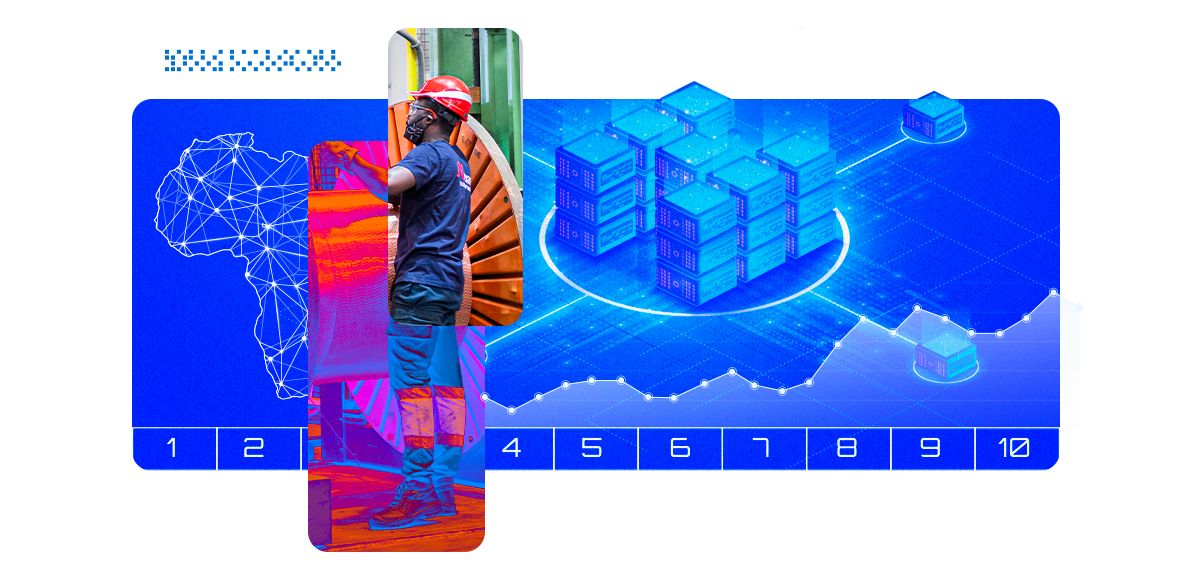
Training and education: Essential pillars of the transition
Industrial expansion and R&D alone are not enough for Africa’s energy transition. Training and education are also crucial for fostering best practices and developing local skills and jobs.
Nexans has forged strategic partnerships in Morocco, Ivory Coast, and Ghana. Morocco stands out, offering several training centers for electricians and installers through Nexans Morocco (in collaboration with UM6P, École Centrale de Casablanca, IECD, and the Settat Innovation City).
Concrete initiatives have emerged across the continent, including the electrification of six hospitals in Beni, DRC, the installation of solar systems in six high schools, and the creation of a photovoltaic maintenance MOOC in Madagascar, supported by the Nexans Foundation.
Africa’s sustainable electrification and energy transition face major challenges:
- R&D
- Grid development, security, and modernization
- Eco-friendly processes
- Reliable, sustainable infrastructure
The solutions:
- Digitalization: key to improving energy efficiency
- Innovation: must be a local, collaborative effort
- Professional training and public awareness: essential for achieving goals on time

